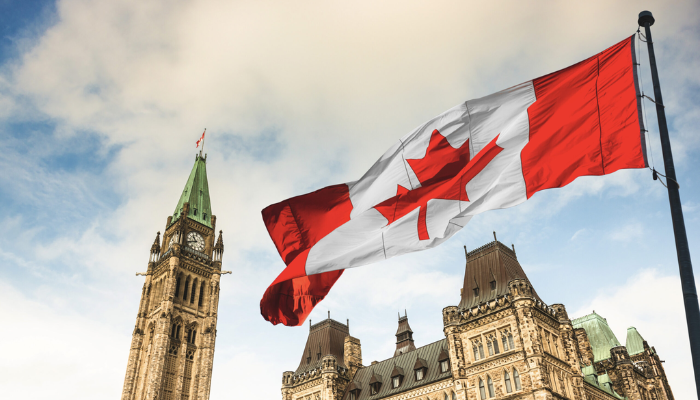In response to economic uncertainty stemming from the ongoing trade dispute with the United States, the Canadian government has rolled out new temporary Employment Insurance (EI) measures. These initiatives aim to provide financial relief and job security to workers affected by the economic fallout of U.S.-imposed tariffs.
A Timely Intervention for Canadian Workers
Announced by Ontario’s Minister for Jobs and Families, Steven MacKinnon, the new EI measures are designed to cushion the impact of shifting trade policies while ensuring workers receive swift financial assistance. This follows the launch of a temporary EI work-sharing program in March, which was introduced to help businesses reduce layoffs by supporting employees facing reduced working hours.
“Canadian workers have always shown resilience in tough times, but the economic instability caused by tariffs is beyond their control,” MacKinnon stated. “That’s why the government is taking decisive action to adjust key programs that protect jobs and the economy.”
Key Changes to Employment Insurance
To make EI benefits more accessible, the government has introduced the following temporary adjustments:
- Lower Qualification Threshold: The minimum required work hours to qualify for EI has been reduced to a maximum of 630 hours.
- Extended Benefits: Eligible claimants can now receive EI payments for up to four additional weeks.
- Immediate Access to EI Payments: Workers will no longer need to exhaust severance pay, holiday pay, or other compensation before claiming EI.
- No Waiting Period: The standard waiting period has been waived, allowing claimants to receive EI benefits from their first week of unemployment.
- Regional Unemployment Rate Adjustment: The government has increased regional unemployment rates by one percentage point, ensuring no region falls below 7.1%.
These measures are set to remain in place for six months, offering short-term relief to workers and businesses navigating economic uncertainty.
The Impact of U.S. Tariffs on Canadian Jobs
The economic strain follows the U.S. government’s decision in February 2024 to impose a 25% tariff on Canadian imports, with only limited exceptions. Despite the historically strong trade partnership between the two nations, this policy shift has placed significant pressure on key Canadian industries such as auto manufacturing, agriculture, and energy—sectors that rely heavily on exports to the U.S.
With higher costs for Canadian goods entering the U.S. market, demand is expected to decline, making it harder for businesses to maintain operations at their current scale. As a result, some companies may freeze hiring, cut working hours, or lay off employees. Others might opt for temporary redundancies, hoping to reinstate workers once economic conditions stabilize.
Looking Ahead
While the temporary EI adjustments provide immediate relief, their long-term effectiveness will depend on how the trade dispute unfolds. If tensions persist, Canada may need to explore additional strategies, such as diversifying trade partnerships or negotiating policy changes to protect its economy and workforce.
For now, these EI measures serve as a critical lifeline, ensuring that Canadian workers have financial support during uncertain times. Whether they will be enough to offset the broader economic challenges remains to be seen.








Leave a Reply